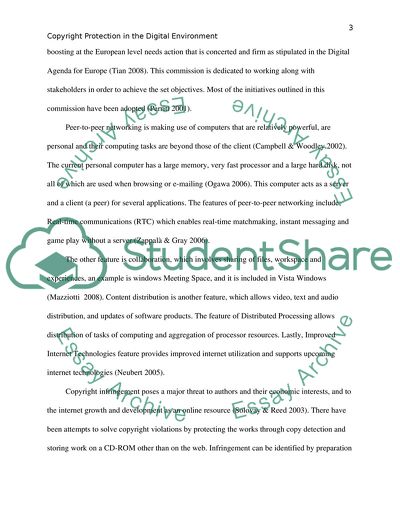Cite this document
(“Legislative and Ethical Issues COPYRIGHT PROTECTION IN THE DIGITAL PowerPoint Presentation”, n.d.)
Legislative and Ethical Issues COPYRIGHT PROTECTION IN THE DIGITAL PowerPoint Presentation. Retrieved from https://studentshare.org/law/1593144-legislative-and-ethical-issues-copyright-protection-in-the-digital-environment
Legislative and Ethical Issues COPYRIGHT PROTECTION IN THE DIGITAL PowerPoint Presentation. Retrieved from https://studentshare.org/law/1593144-legislative-and-ethical-issues-copyright-protection-in-the-digital-environment
(Legislative and Ethical Issues COPYRIGHT PROTECTION IN THE DIGITAL PowerPoint Presentation)
Legislative and Ethical Issues COPYRIGHT PROTECTION IN THE DIGITAL PowerPoint Presentation. https://studentshare.org/law/1593144-legislative-and-ethical-issues-copyright-protection-in-the-digital-environment.
Legislative and Ethical Issues COPYRIGHT PROTECTION IN THE DIGITAL PowerPoint Presentation. https://studentshare.org/law/1593144-legislative-and-ethical-issues-copyright-protection-in-the-digital-environment.
“Legislative and Ethical Issues COPYRIGHT PROTECTION IN THE DIGITAL PowerPoint Presentation”, n.d. https://studentshare.org/law/1593144-legislative-and-ethical-issues-copyright-protection-in-the-digital-environment.


